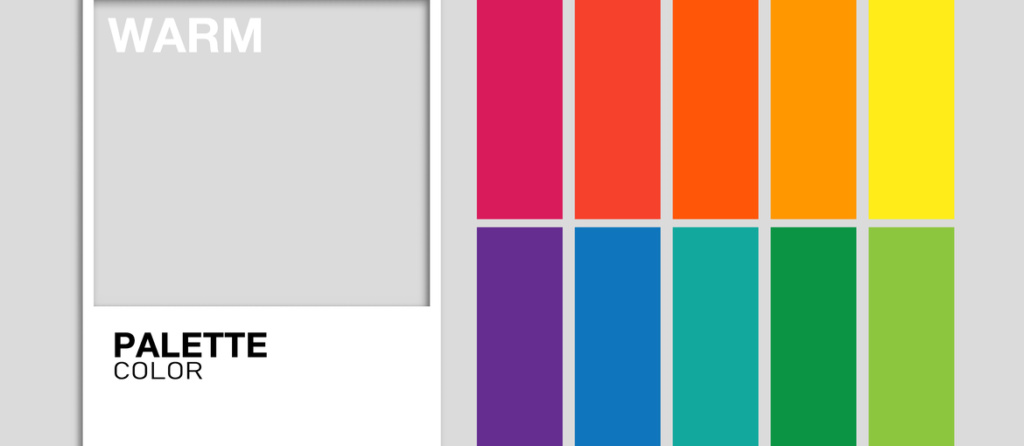We learn about Pantone colors and the company that created a universal language for colors
A person can distinguish 150 different hues. Each hue-as we saw in another article in this blog-can take on different characteristics depending on brightness and saturation. The number of colors we are therefore able to see is around 7.5 million[1], but not all of these colors have names. There have been colors that have not had a name for a long time. Before Portuguese merchants in the early 16th century began importing oranges from India the color orange existed, but not the word for it.
In 1692 an unknown artist, A. Boogert, produced a book on the use of color in painting. A guide where we find an early attempt to organize and nomenclature colors. Looking at Boogert’s book today it is hard not to immediately think of a Pantone swatch.
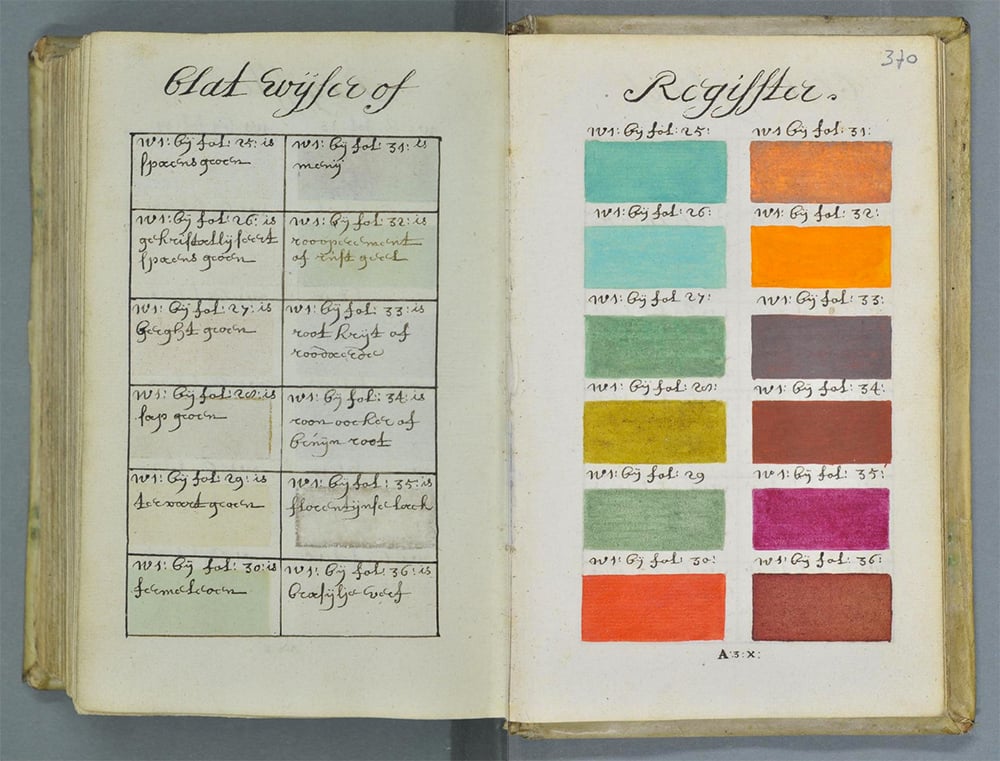
The Pantone swatch is a collection of colors identified with a code. It was first published in 1963, with the goal of creating “a universal color language that enables brands and manufacturers to make critical color decisions at every stage of the workflow.”[2]
Without going to the extreme of the famous photo of the blue and black dress-which many saw as white and gold-everyone has happened to have bought something in a store with the idea that it was one color, only to find that another person saw it as more yellow or more orange.
The perception of color depends on various factors: the medium, the type of paper, fabric, surface; the environment, lighting, weather, daylight.
The universal language of Pantone colors
In the early 1960s Pantone was a New Jersey printing company specializing in color charts for the cosmetic, fashion and medical industries[3]. Lawrence Herbert, a chemist who worked for the company, noticed how difficult it was to understand each other among designers, communications agencies and printers when discussing color. In 1962 Herbert took over the company and a year later, in 1963, created the first Pantone guide with 10 colors, specifying the exact ink formula for each shade. Over the years Pantone has become a standard in the printing industry. A standard that allows graphic designers, designers, architects, decorators to speak the same language, thanks to which it is possible to indicate a red with the confidence that everyone is looking at the same red. If specifically they were talking about Google’s brand red they would be talking about Pantone 7619 C. (A rich collection of color palettes from well-known brands can be found on the Brand Palettes site.)
“We’re a technical product and we help designers and the people who produce that product connect their communication,” says Ron Potesky, senior vice president and general manager of Pantone in an article in The Atlantic titled “How Pantone Became a Global Authority on Color”.” “So when you pick the right color, you get the right color in the end. That’s exactly what we are.”
Pantone to date has defined 1,867 proprietary colors for print graphics (with 294 colors being added in 2019) and 2,310 colors for fashion, home décor and interiors. The Pantone system, the Pantone® Matching System, is not the first and only attempt to standardize language on color, but by far the best known. Others include the Munsell System, adopted in the United States by the Department of Agriculture, the RAL and HKS (German) color system.
On its website, Pantone has set up a page to help navigate through the different systems and tools it makes available.
Formula Guide is the basic guide, the most widely used and sold. It is two bundles, with colors for coated (coated) and uncoated (uncoated) paper, designed especially for those working in the graphics and printing world.
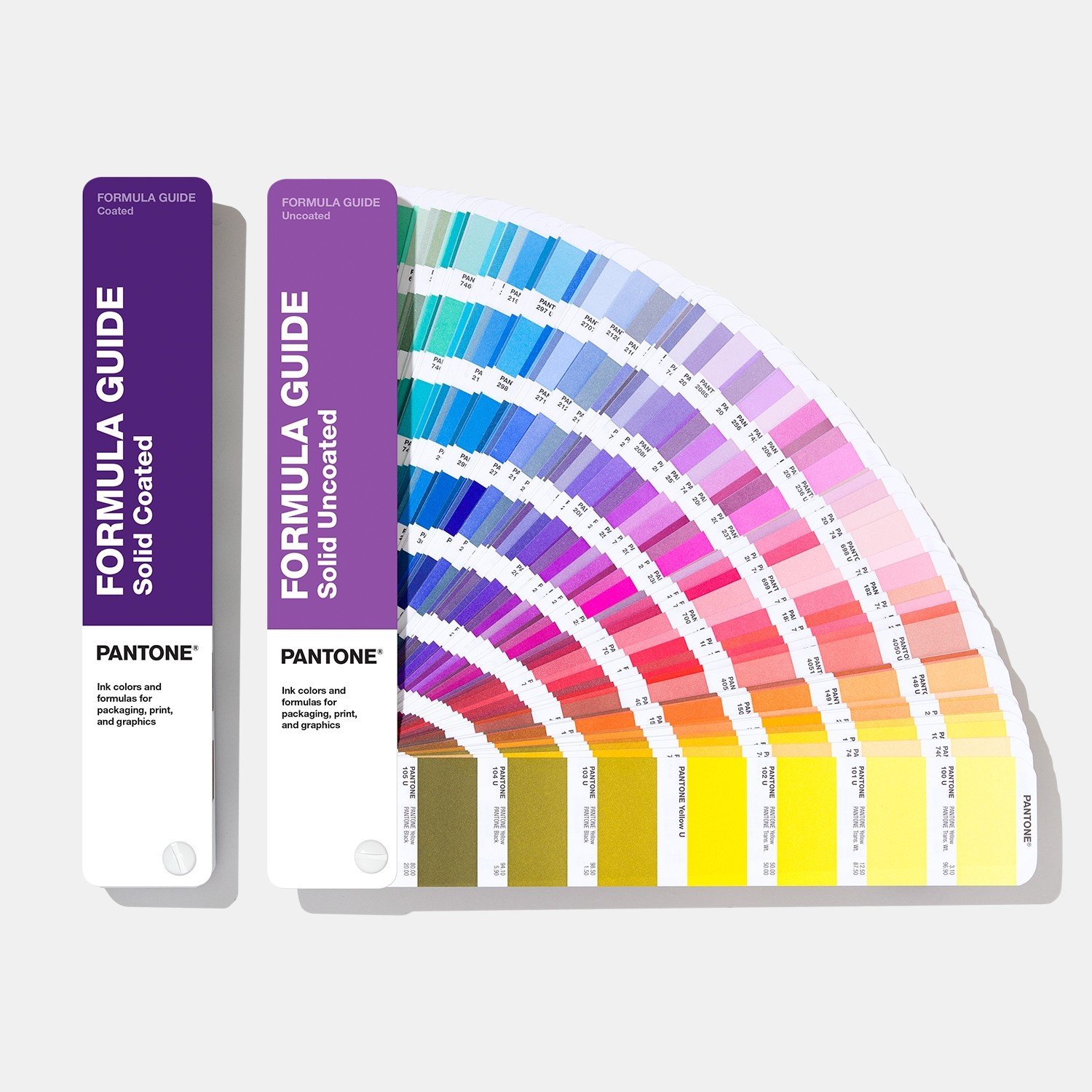
The basic guides are complemented by those for metallic inks (Pantone Metallics), pastel colors (Pantone Pastels & Neons), and the CMYK and Bridge collection, where four-color color matches are reproduced. Matches not found in the Formula Guide. The CMYK guide, unlike the Bridge, is not closely related to the Pantone Matching System coding.
For those working in the fashion world, and in printing on fabric, in addition to Pantone Fashion, Home + Interiors, there are samples printed on cotton. For those involved in products (household or household goods, consumer electronics, toys, etc.) Pantone also makes swatchbooks for printing plastic material, Plastic Chips, corresponding to the Pantone Matching System.
Pantone Universe: the use of the Pantone brand in a wide variety of fields
Over the years, Pantone colors have become a reference for those involved in color from a professional perspective, but with the Pantone Universe licenses (a brand licensing program), they have also become part of popular culture. Today in fact Pantone is synonymous with color. Its brand is almost ubiquitous, from the first mugs produced in 2005, to pen cases, notebooks, smartphone covers, suitcases, towels, lighters, hotels, and candles. The list could go on for several more lines. There are so many Pantone-related or inspired projects, official, licensed and unlicensed.
Pantone Smoothies
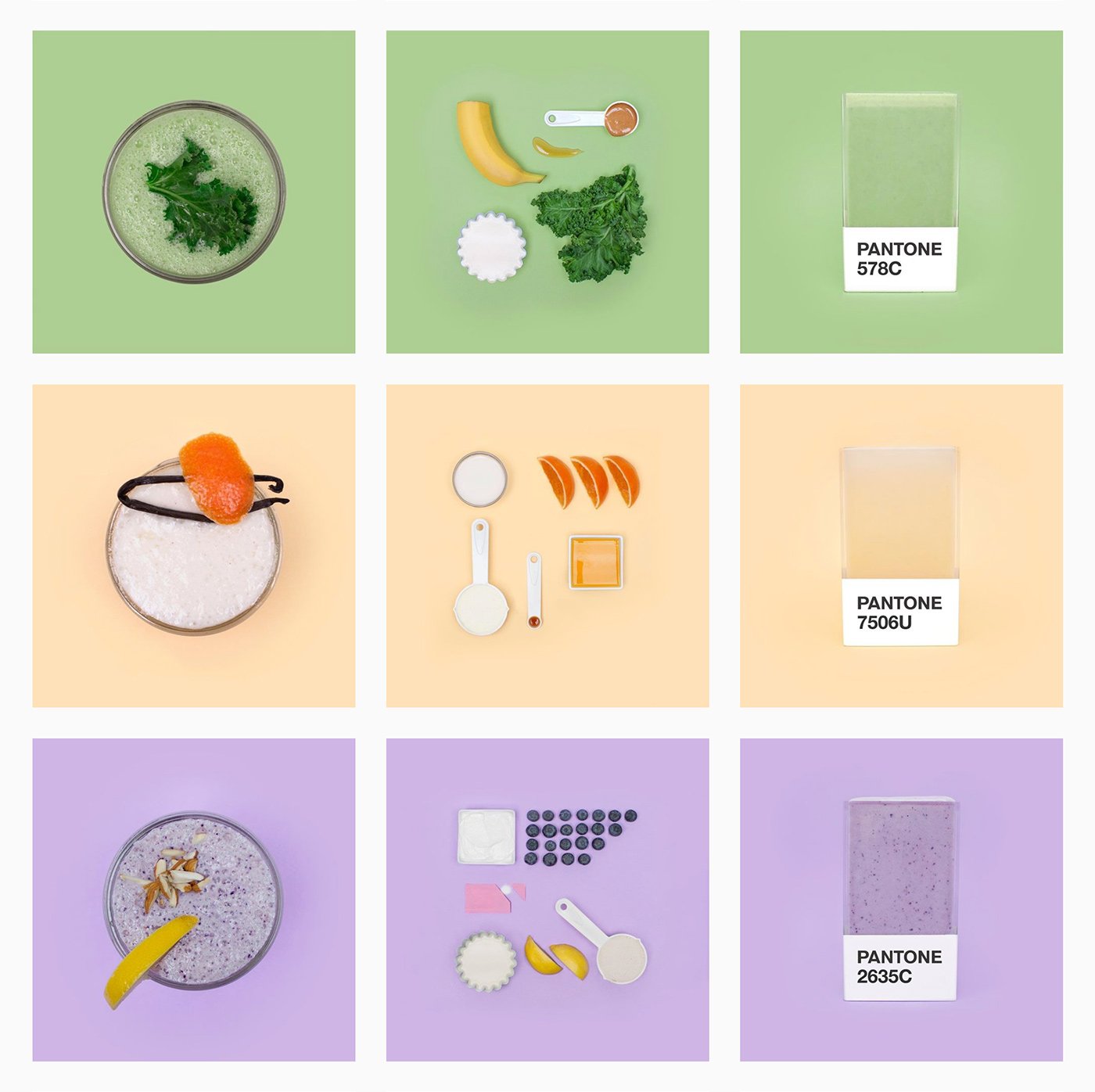
The Instragam Pantone Smoothies account, which from the name already lets you know what to expect.
Tiny PMS Match
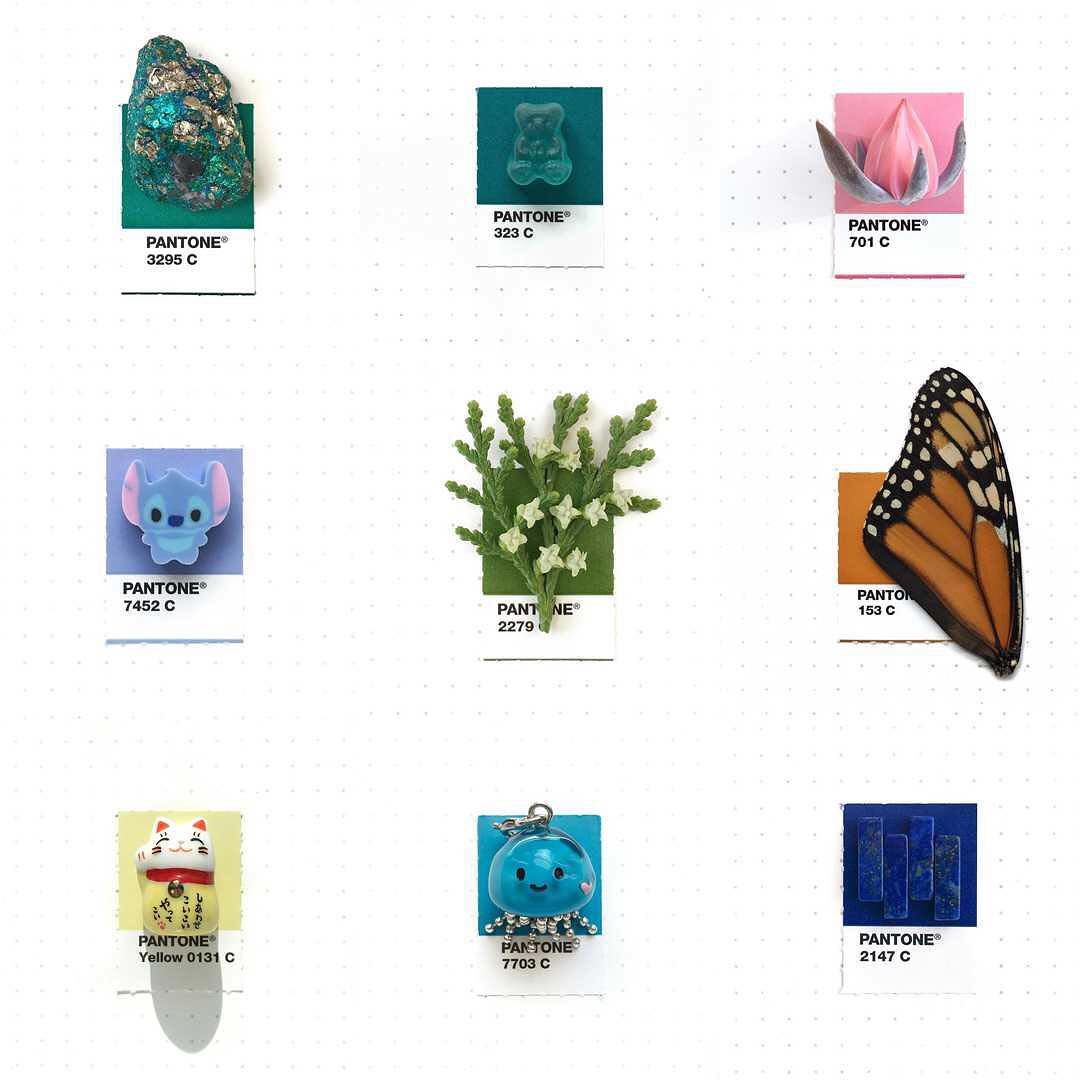
Designer Inka Mathew’s Tiny PMS Match project, also on Instagram, featuring images of everyday objects matched with Pantone colors.
Pantone nursing scrubs
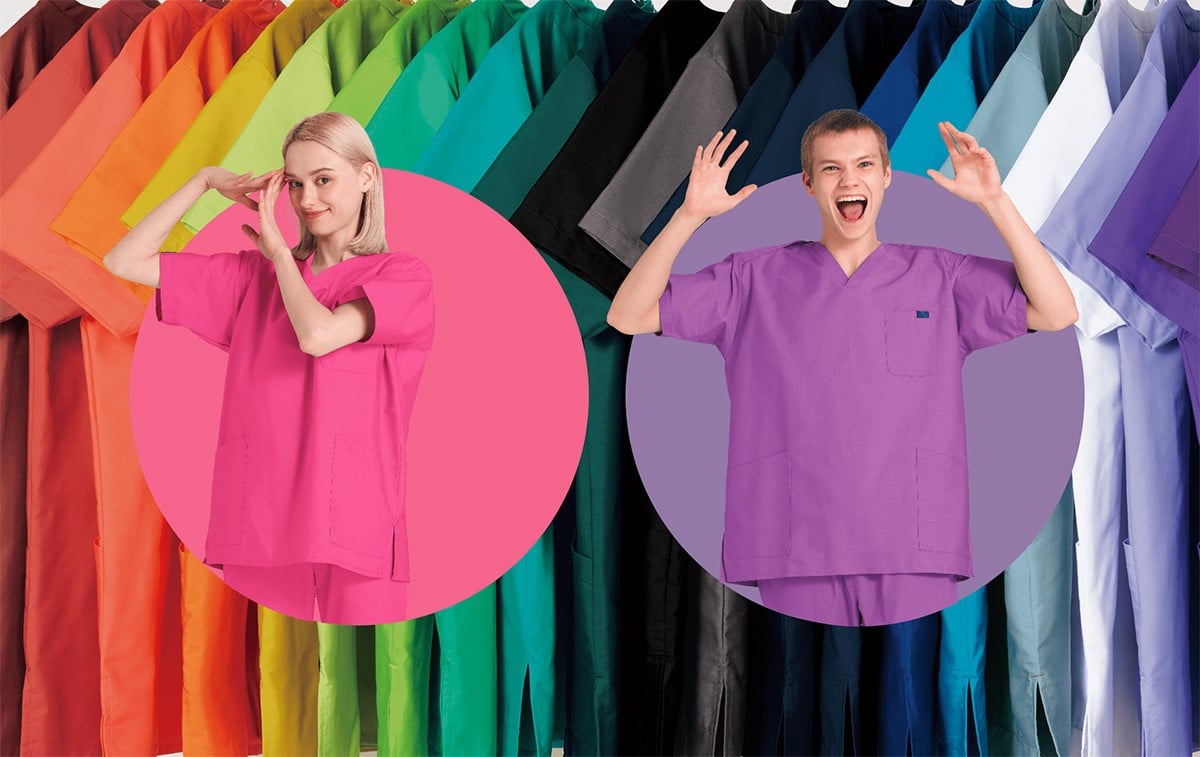
Even nurses’ scrubs in Japan are inspired by Pantone colors.
Pantone Hotels
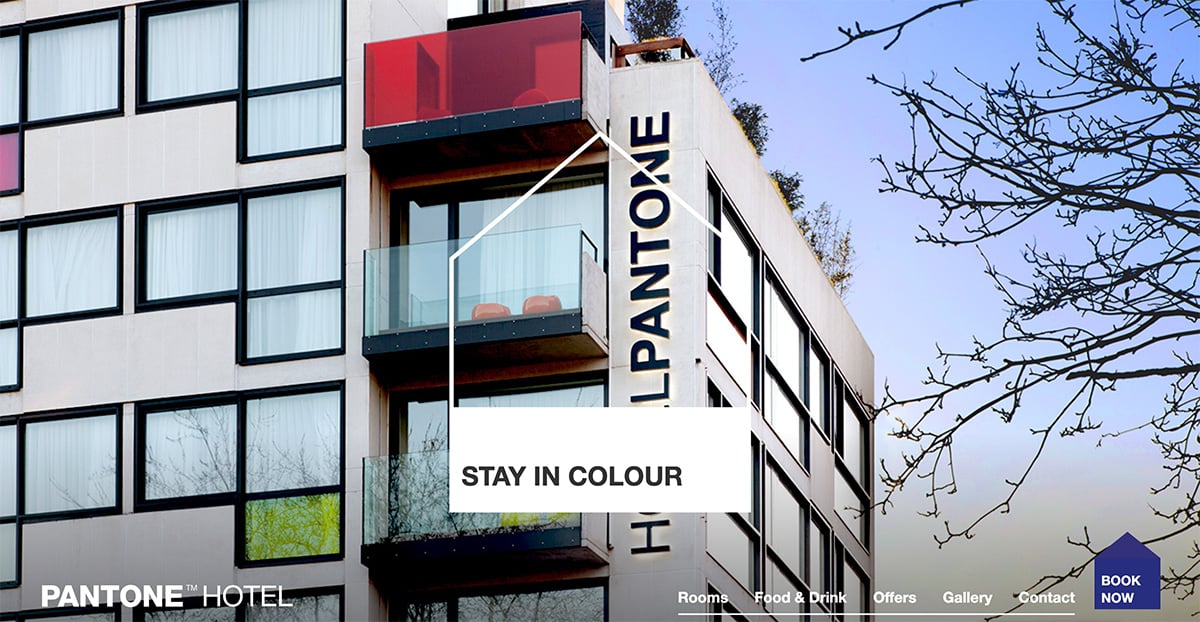
While in Brussels there is even The Pantone Hotel.
Pantone Café
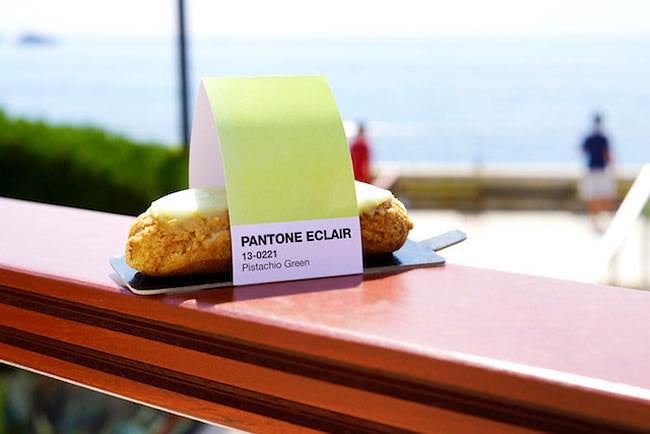
A Pantone café opened a few years ago in Munich, which now seems to be out of business.
Skin tone Guide
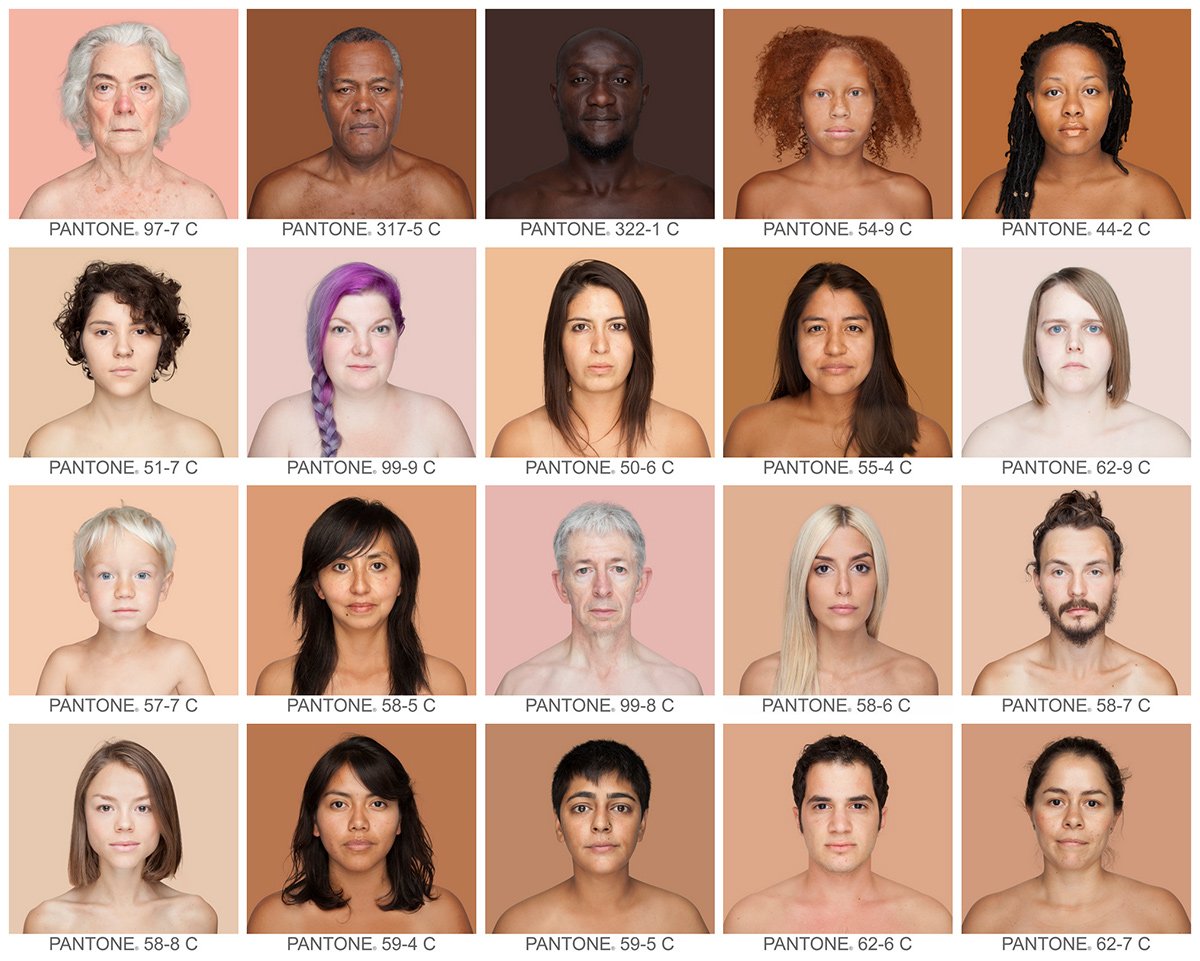
In 2012 Pantone created the Skin Tone Guide, a sampler of skin tones designed for photo editing. Used then, in collaboration with Sephora, to help customers find the right shade of makeup. The guide was also the basis for the Humanae Project, photography project, by Angelica Haas.
Superbowl social campaign
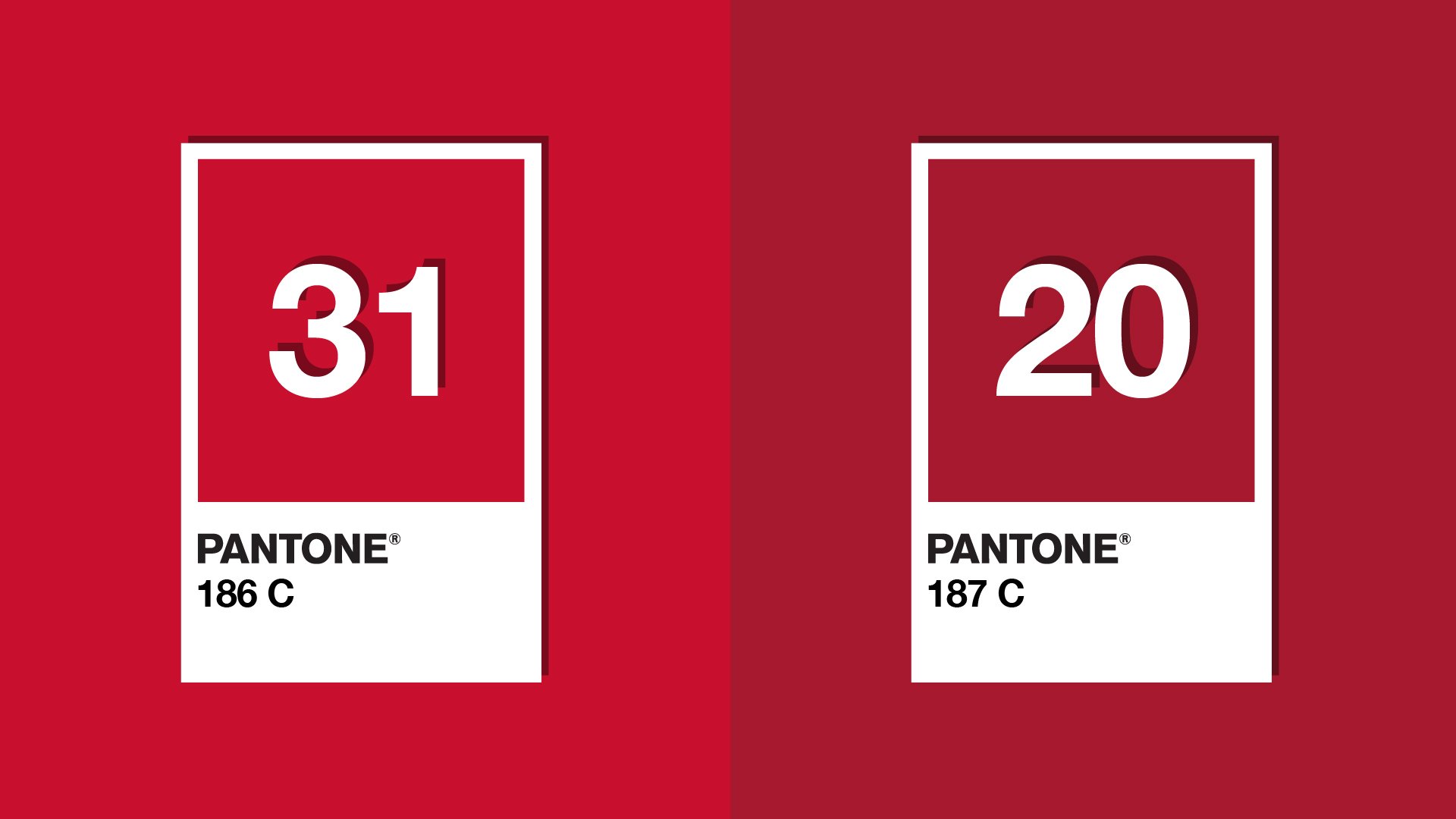
In 2020, Pantone created a social campaign for the Superbowl, during which it commented on the game with the colors. It immediately highlighted how the color of both was red, but not the same red.
The Pantone Color Institute and the color of the year
1986 saw the birth of the Pantone Color Institute, a department that advises designers and brands on the use of color. Today, color is increasingly a key element in branding, the business card that instantly conveys a company’s meaning and image.
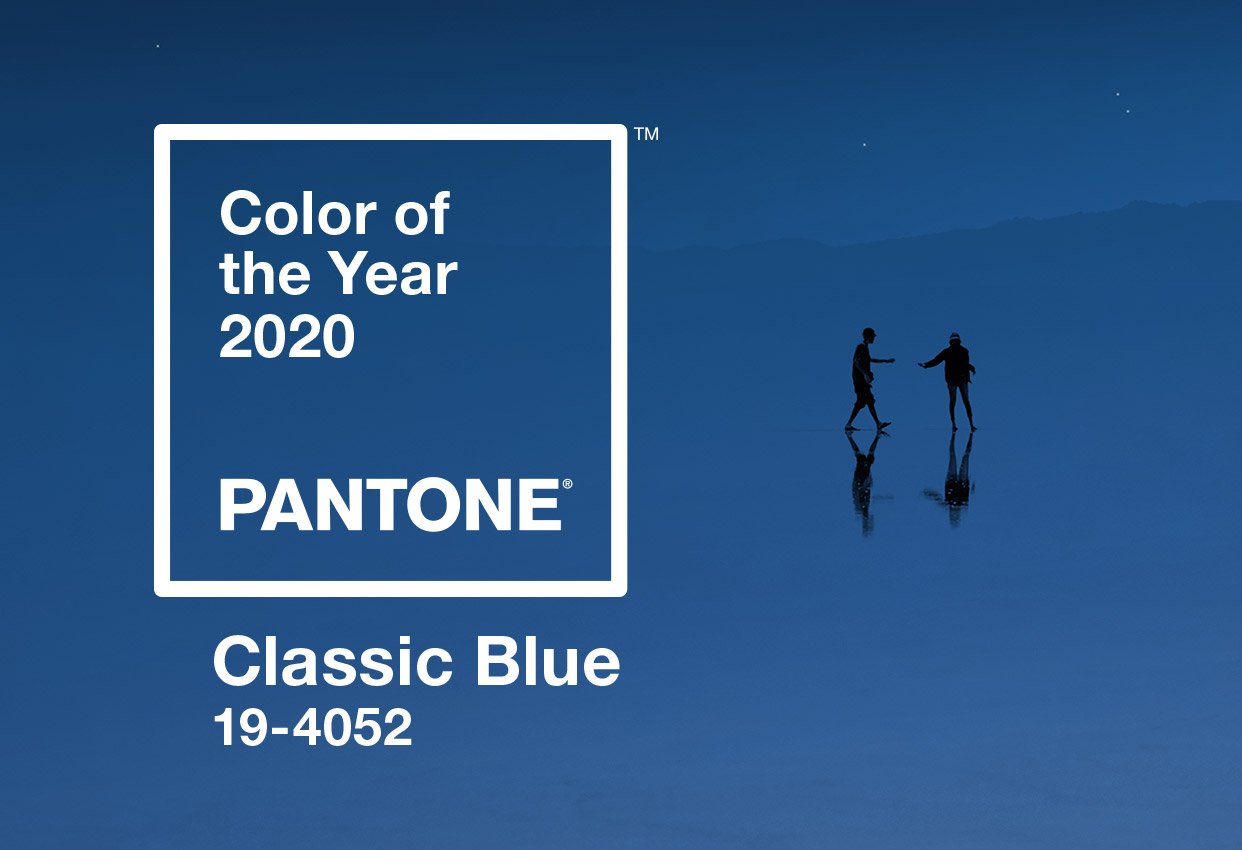
Every year since 2000 the color of the year has been announced[4], for 2020 the color is PANTONE 19-4052 Classic Blue. The color of the year is selected by a group of experts — coordinated by the Pantone Color Institute — who “scour every corner of the earth for new influences in color.” The color of the year is in fact one of many marketing campaigns by the American company, which is able like few to work so effectively on its brand. An announcement that has now become a tradition and is expected, told and debated worldwide. The icing on the cake of a true institution of color, which has become a reference point for creatives around the world.
[1] Bressan P., The Color of the Moon. How we see and why, Editori Laterza, Bari, 2007.
[2] From the Pantone website
[3] Budds D., How Pantone Became The Definitive Language Of Color, Fast Company, 2015
[4] On designer Adam Fuhrer’s website, a handy collection of all the colors of the year.

